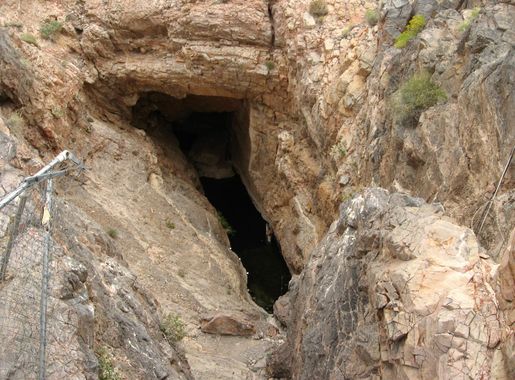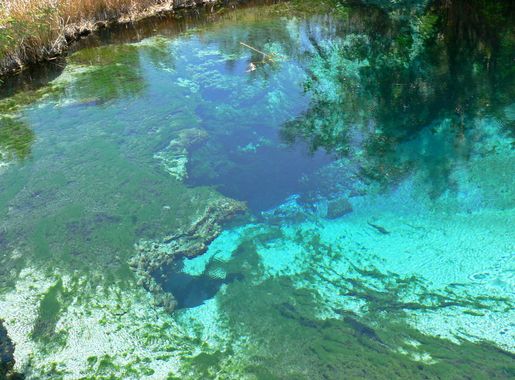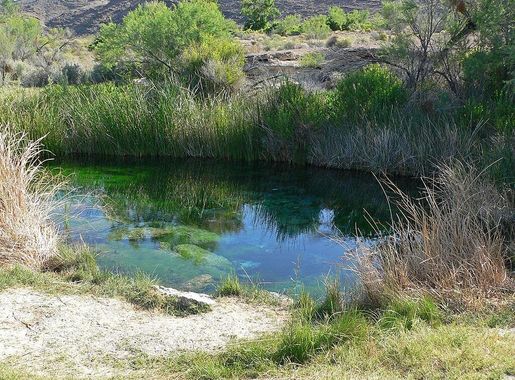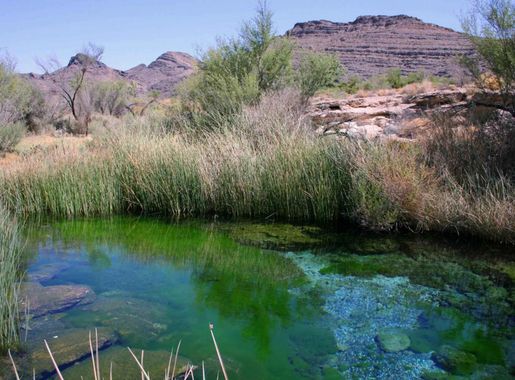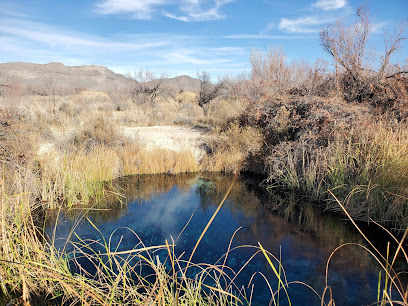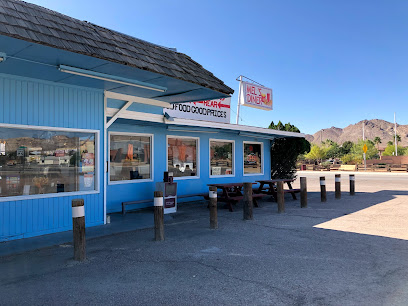
Ash Meadows National Wildlife Refuge: A Desert Oasis
Explore Ash Meadows National Wildlife Refuge: A unique desert oasis in Nevada offering rare wildlife, spring-fed wetlands, and a rich cultural history.
Nestled in the Mojave Desert, Ash Meadows National Wildlife Refuge is a hidden gem in Nevada that offers a unique blend of natural beauty and rare wildlife. This sanctuary is home to over 30 species of plants and animals found nowhere else in the world, making it a must-visit for nature enthusiasts and photographers alike. The refuge's spring-fed wetlands create a striking contrast against the arid desert landscape, providing a serene environment for visitors to explore. One of the main attractions here is the Crystal Reservoir, where visitors can enjoy bird watching and picnicking in a tranquil setting. The refuge also features a series of boardwalks and trails that allow for easy exploration of its diverse habitats, from lush marshes to dry desert scrub. Don't miss the Devil's Hole, an isolated water-filled cavern that is home to the endangered Devil's Hole pupfish, a species that has adapted to survive in this unique environment. Ash Meadows is not just about its natural wonders; it also has a rich cultural history. The area was once inhabited by the Shoshone people, and you can still find traces of their presence in the form of ancient petroglyphs and artifacts. Whether you're interested in hiking, birding, or simply soaking in the serene landscapes, Ash Meadows National Wildlife Refuge offers a peaceful retreat from the hustle and bustle of city life.
Local tips in Ash Meadows National Wildlife Refuge
- Visit in the early morning or late afternoon to avoid the heat and experience the best wildlife activity.
- Bring plenty of water and sun protection as the desert climate can be harsh.
- Wear comfortable walking shoes for exploring the boardwalks and trails.
- Check for any seasonal closures or restrictions before your visit.
- Don't forget your binoculars for bird watching and a camera to capture the stunning landscapes.
Ash Meadows National Wildlife Refuge: A Desert Oasis
Nestled in the Mojave Desert, Ash Meadows National Wildlife Refuge is a hidden gem in Nevada that offers a unique blend of natural beauty and rare wildlife. This sanctuary is home to over 30 species of plants and animals found nowhere else in the world, making it a must-visit for nature enthusiasts and photographers alike. The refuge's spring-fed wetlands create a striking contrast against the arid desert landscape, providing a serene environment for visitors to explore. One of the main attractions here is the Crystal Reservoir, where visitors can enjoy bird watching and picnicking in a tranquil setting. The refuge also features a series of boardwalks and trails that allow for easy exploration of its diverse habitats, from lush marshes to dry desert scrub. Don't miss the Devil's Hole, an isolated water-filled cavern that is home to the endangered Devil's Hole pupfish, a species that has adapted to survive in this unique environment. Ash Meadows is not just about its natural wonders; it also has a rich cultural history. The area was once inhabited by the Shoshone people, and you can still find traces of their presence in the form of ancient petroglyphs and artifacts. Whether you're interested in hiking, birding, or simply soaking in the serene landscapes, Ash Meadows National Wildlife Refuge offers a peaceful retreat from the hustle and bustle of city life.
When is the best time to go to Ash Meadows National Wildlife Refuge?
Unmissable attractions to see
Goldwell Open Air Museum
Explore the Goldwell Open Air Museum, a stunning outdoor art destination in Nevada featuring large-scale sculptures amidst breathtaking desert scenery.
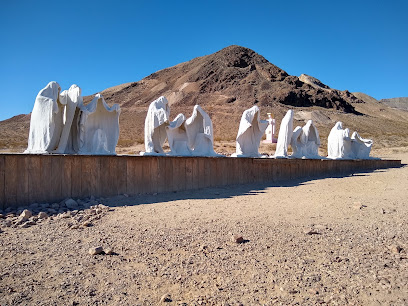
Harmony Borax Works
Explore the historic Harmony Borax Works in Death Valley, a fascinating site revealing the rich mining heritage of the region amidst stunning desert landscapes.
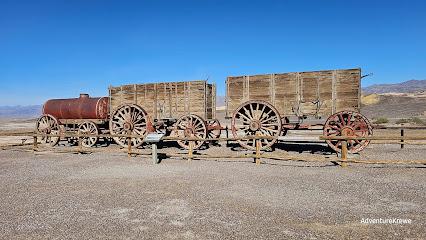
Sanders Family Winery
Discover the charm of Sanders Family Winery in Pahrump, Nevada, where stunning vineyards meet exquisite wines for an unforgettable tasting experience.

Big Bovine of The Desert
Discover the whimsical Big Bovine of The Desert, a must-see roadside attraction in Nevada offering fun photo ops and quirky Americana.
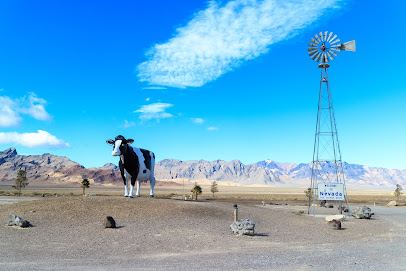
Amargosa Valley Park
Discover the scenic beauty and local culture at Amargosa Valley Park, featuring a baseball field and rodeo events in the heart of Nevada's desert.
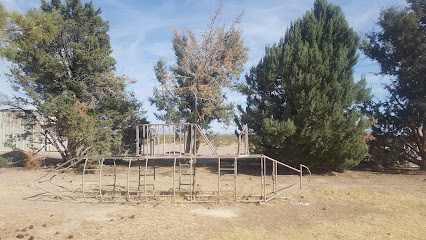
Devil's Hole
Explore the stunning beauty of Devil's Hole in Death Valley National Park, a unique habitat and scenic spot perfect for nature lovers and photographers.
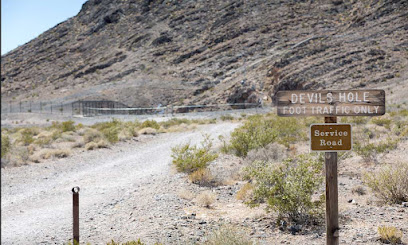
Devils Hole
Explore the enchanting Devils Hole in Nevada - a stunning natural spring home to rare wildlife and breathtaking desert landscapes.
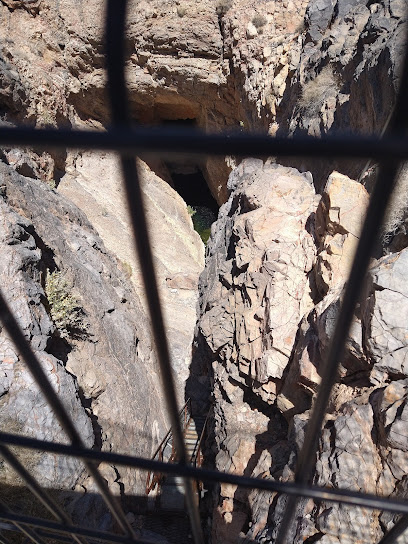
Longstreet Spring and Cabin
Explore the historical significance and natural beauty of Longstreet Spring and Cabin in Amargosa Valley, a serene retreat in Nevada's captivating landscape.
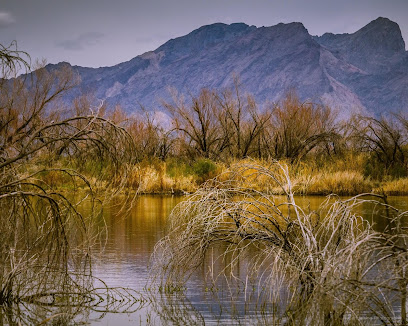
Ash Meadows Board Walk
Discover the serene beauty of Ash Meadows Board Walk, a hidden gem in Amargosa Valley, perfect for nature lovers and tranquility seekers.
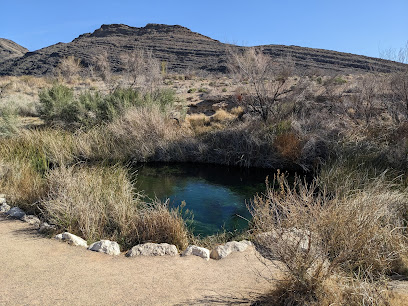
Point of Rock Springs Trailhead
Explore the natural beauty of Point of Rock Springs Trailhead, a premier hiking destination in Pahrump, Nevada, with stunning views and diverse trails.
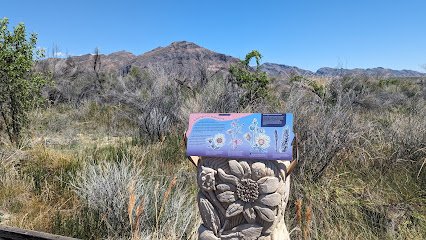
Ash Meadows
Experience the breathtaking beauty of Ash Meadows, a unique natural oasis in Nevada, featuring vibrant ecosystems and serene landscapes.
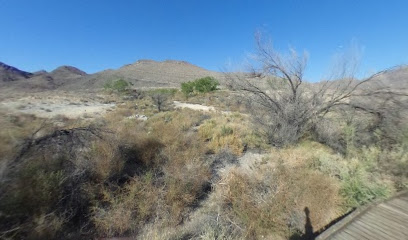
Death Valley Junction Garage
Explore the historic Death Valley Junction Garage, a unique stop in the heart of California's breathtaking desert landscape, rich in history and natural beauty.
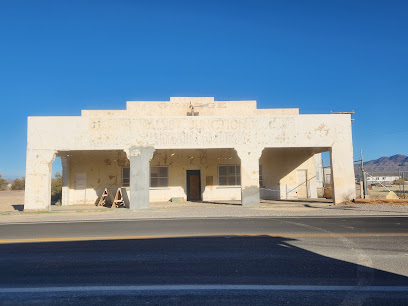
North Mesquite Mountains Wilderness Area
Discover the pristine landscapes and rugged beauty of North Mesquite Mountains Wilderness Area in Death Valley, California, a true outdoor paradise.

Ash Meadows Fish Conservation Facility
Explore the Ash Meadows Fish Conservation Facility, a vital wildlife refuge in Nevada, dedicated to preserving native fish species and their habitats.

Essential places to dine
Markets, malls and hidden boutiques
Omega Mart
Experience the surreal blend of art and commerce at Omega Mart, an immersive attraction in Las Vegas that defies reality.

Bonanza Gift Shop
Explore Bonanza Gift Shop, the world's largest gift shop, featuring unique souvenirs, children's clothing, jewelry, and more in the heart of Las Vegas.
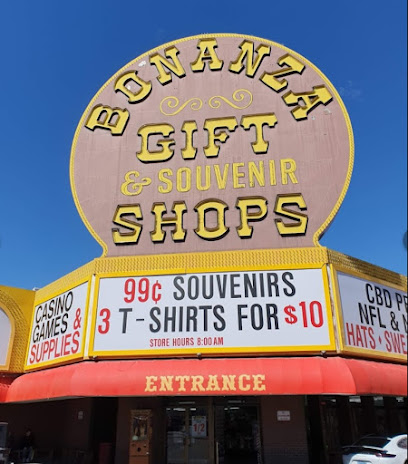
Walmart Supercenter
Experience shopping convenience at Walmart Supercenter in Pahrump, Nevada, offering groceries, clothing, electronics, and more all in one place.

Area 51 Alien Center
Explore the whimsical Area 51 Alien Center in Amargosa Valley, where extraterrestrial lore meets quirky roadside attraction charm.
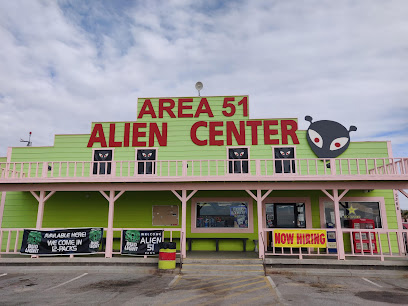
The Grove Cannabis Dispensary Pahrump
Explore premium cannabis products at The Grove Dispensary in Pahrump, Nevada - your gateway to quality and variety.

The Home Depot
Discover the ultimate home improvement destination in Pahrump, offering a wide range of products for every DIY project and home renovation.

Disney Store
Discover the enchanting world of Disney at the Las Vegas Disney Store, brimming with toys, clothing, collectibles, and unforgettable magic.

Smith's
Explore the vibrant selection of fresh produce, baked goods, and local specialties at Smith's Grocery Store in Pahrump, Nevada.

Champagne Life Gift Baskets
Explore the charm of Nevada with luxury gift baskets at Champagne Life Gift Baskets, the ultimate destination for gourmet treats and unique souvenirs.
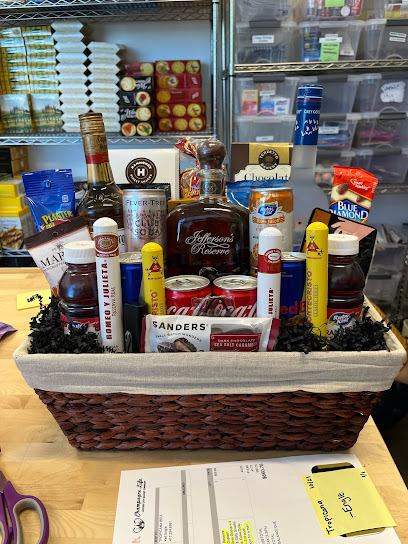
Trek Bicycle Las Vegas Rental Center
Experience the freedom of cycling at Trek Bicycle Las Vegas Rental Center, your gateway to the stunning landscapes of Nevada.
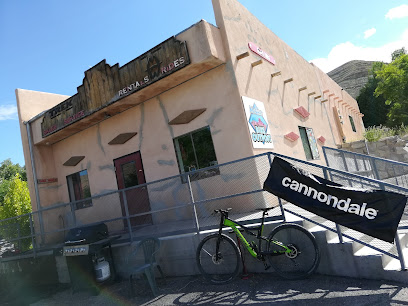
Gamblers General Store
Explore the vibrant Gamblers General Store in Downtown Las Vegas for unique gifts and gaming memorabilia that capture the city's spirit.
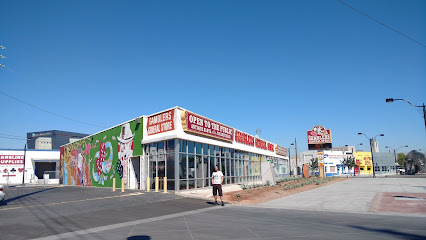
Cemetery Pulp - Oddities and More
Discover a unique antique store in Las Vegas, featuring oddities, collectibles, and a vibrant community atmosphere at Cemetery Pulp.
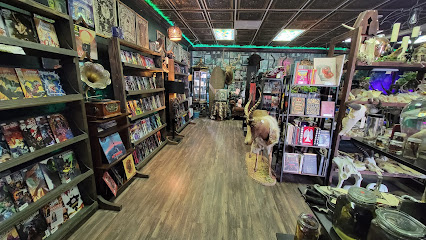
Master at arms
Explore Master at Arms in Pahrump, NV for a unique shopping experience filled with local treasures and friendly service.

Hypno Comics & Games
Explore a treasure trove of comics, games, and collectibles at Hypno Comics & Games in Pahrump, NV - where every fan finds their passion.

Silver Post
Explore the exquisite jewelry and unique rock specimens at Silver Post, a gem in Summerlin, Las Vegas, perfect for every treasure seeker.

Essential bars & hidden hideouts
Pioneer Saloon
Experience a slice of the Old West at Pioneer Saloon in Goodsprings, Nevada, where history meets hearty dining and lively entertainment.
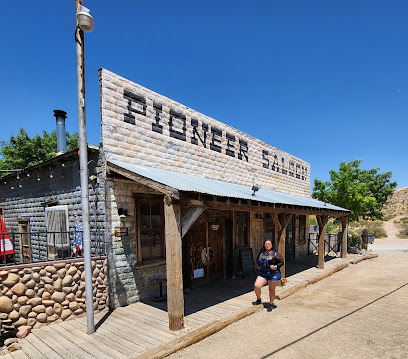
Saddle West Hotel Casino RV Resort
Discover the perfect getaway at Saddle West Hotel Casino RV Resort, where comfort meets excitement in Pahrump, Nevada.

Steiner's-A Nevada Style Pub
Discover the lively atmosphere and diverse menu at Steiner's - A Nevada Style Pub, a must-visit destination for food and drink lovers in Las Vegas.
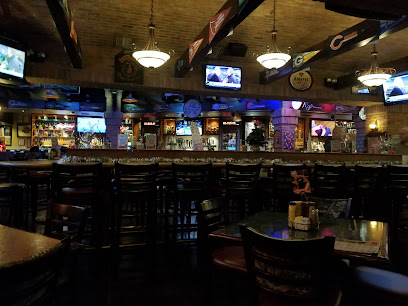
Jack in the Box
Savor the taste of diverse fast food options at Jack in the Box in Pahrump, offering everything from burgers to breakfast, open 24/7.

Longstreet Hotel Casino & RV Resort
Discover the ultimate blend of entertainment and relaxation at Longstreet Hotel Casino & RV Resort in Amargosa Valley, Nevada.
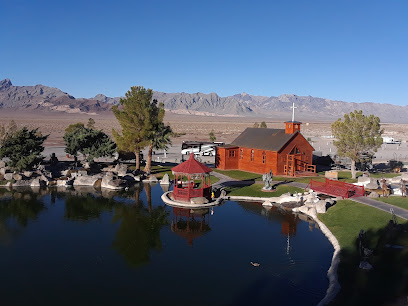
The Bar
Experience the vibrant nightlife at The Bar in Las Vegas, where exceptional drinks and delectable bar food meet a lively atmosphere.

Hitchin' Post Saloon
Experience the vibrant flavors of classic American steakhouse cuisine at Hitchin' Post Saloon in Las Vegas.
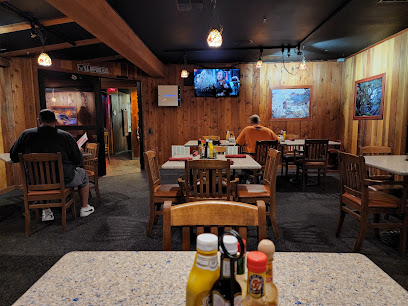
Stonehouse Bar & Grill
Discover the vibrant flavors and inviting atmosphere at Stonehouse Bar & Grill, a must-visit for comfort food lovers in North Las Vegas.

Muley's Bar & Family Grill
Discover the delightful flavors of Muley's Bar & Family Grill, where hearty breakfasts and classic grilled dishes unite in a family-friendly atmosphere.
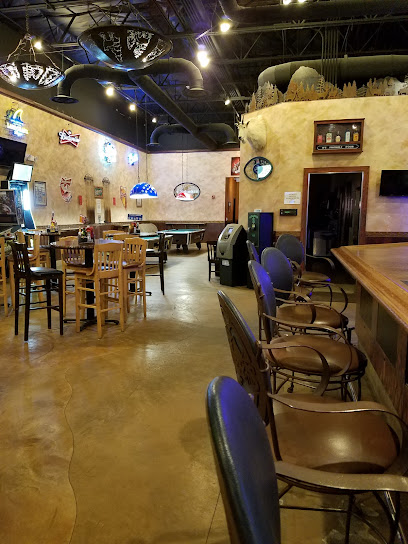
El Valle
Experience authentic Mexican flavors at El Valle in Amargosa Valley, a culinary gem perfect for tourists seeking great food and warm hospitality.
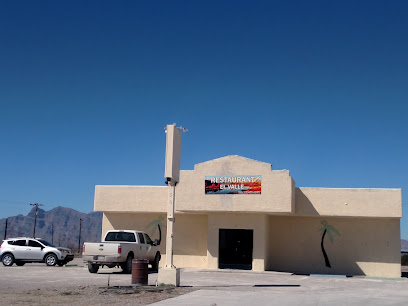
Iggy & Squiggy's Junction Bar & Grill
Discover Iggy & Squiggy's Junction Bar & Grill: a culinary haven in Gardnerville, NV, serving delicious dishes in a warm and inviting atmosphere.

Hoops Food & Spirits
Discover the lively charm of Hoops Food & Spirits, a must-visit bar in Las Vegas, offering delicious food, refreshing drinks, and a vibrant atmosphere.
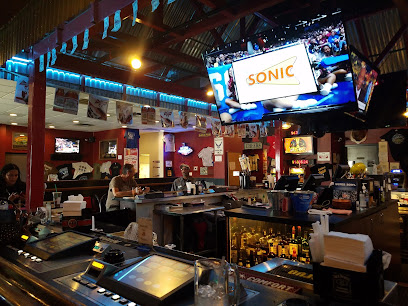
Paradise Pub
Discover the lively vibe of Paradise Pub, a must-visit Las Vegas bar offering great drinks, friendly faces, and unforgettable evenings.
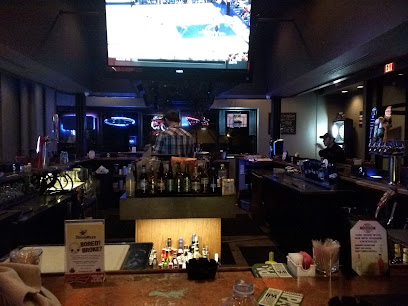
Idle Spurs Tavern
Experience the warmth and charm of Idle Spurs Tavern in Sandy Valley, Nevada, where great drinks and friendly vibes await every traveler.
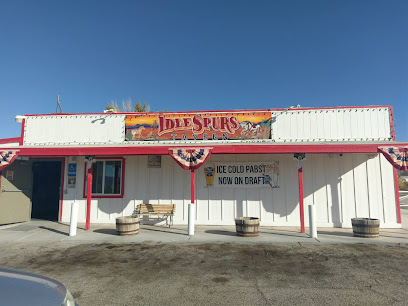
WSKY Bar + Grill
Discover WSKY Bar + Grill, a lively Las Vegas hotspot featuring delicious cuisine, signature cocktails, and stunning skyline views.

Local Phrases about Ash Meadows National Wildlife Refuge
-
- HelloHowdy
[haw-dee] - GoodbyeSee ya
[see yah] - YesYup
[yuhp] - NoNope
[nohp] - Please/You're welcomePlease and thank ya
[pleez and thaynk yah] - Thank youMuch obliged
[muhch uh-blaiged] - Excuse me/SorryPardon me
[pahr-dn me] - How are you?Howdy
[haw-dee] - Fine. And you?Fine. How 'bout you?
[fahyn. how 'bout yah] - Do you speak English?Ya speak English?
[yah speak ing-glish] - I don't understandI ain't catchin' on
[ahy ent kach-in on]
- HelloHowdy
-
- I'd like to see the menu, pleaseCan I take a gander at the grub list?
[kan ah teyk uh gan-dur at thuh gruhb list] - I don't eat meatI don't eat critters
[ahy dohnt eet kri-ters] - Cheers!Bottoms up!
[baht-uhmz uhp] - I would like to pay, pleaseI reckon it's time to settle up
[ahy rehk-uhn its tahym to set-l uhp]
- I'd like to see the menu, pleaseCan I take a gander at the grub list?
-
- Help!I need a hand!
[ahy neyd uh hand] - Go away!Skedaddle!
[sked-ad-l] - Call the Police!Get the sheriff!
[get thuh shar-iff] - Call a doctor!Fetch the doc!
[fech thuh dahk] - I'm lostI'm all turned around
[ahym awl turnd uh-round] - I'm illI ain't feelin' well
[ahy ent feel-in wel]
- Help!I need a hand!
-
- I'd like to buy...I'm fixin' to purchase...
[ahym fiks-in toh pur-chuhss] - I'm just lookingI'm just browsin'
[ahym juhst brow-sin] - How much is it?What's the damage?
[whats thuh dam-ij] - That's too expensiveThat's mighty pricey
[thats mahy-tee prahy-see] - Can you lower the price?Can ya knock a bit off?
[kan yah nok uh biht awf]
- I'd like to buy...I'm fixin' to purchase...
-
- What time is it?What's the hour?
[whats thuh ow-er] - It's one o'clockIt's a hit past twelve
[its ah hit past twelv] - Half past (10)Halfway to eleven
[haf-way toh ih-lev-uhn] - MorningMornin'
[morn-in] - AfternoonAfternoon
[aft-er-noon] - EveningEvenin'
[ev-nin] - YesterdayYest'day
[yest-dey] - TodayToday
[tuh-day] - TomorrowMornin'
[morn-in] - 1One
[wuhn] - 2Two
[too] - 3Three
[three] - 4Four
[for] - 5Five
[fahyv] - 6Six
[siks] - 7Seven
[sev-uhn] - 8Eight
[ayt] - 9Nine
[nine] - 10Ten
[ten]
- What time is it?What's the hour?
-
- Where's a/the...?Where's the...
[wheres thuh] - What's the address?What's the location?
[whats thuh loh-key-shun] - Can you show me (on the map)?Can ya point it out (on the map)?
[kan yah point it aout (on thuh map)] - When's the next (bus)?When's the next ride?
[whens thuh nekst ryd] - A ticket (to ....)A pass (to ....)
[ah pas (to)]
- Where's a/the...?Where's the...
History of Ash Meadows National Wildlife Refuge
-
Long before Ash Meadows became a wildlife refuge, it was home to the Southern Paiute and Western Shoshone tribes. These indigenous peoples thrived in the arid environment, relying on the area's natural springs for sustenance. Artifacts including tools, pottery, and petroglyphs provide evidence of their rich cultural heritage.
-
In the late 18th and early 19th centuries, European explorers began to traverse the region. Notably, Jedediah Smith and John C. Frémont were some of the early explorers who documented their journeys through the Mojave Desert, including the Ash Meadows area. These explorations opened the door for future settlers and miners seeking fortune in the American West.
-
The early 1900s saw a mining boom in Ash Meadows with the discovery of valuable minerals like silver and gold. Several mining towns sprung up, including Crystal and Ash Meadows, drawing prospectors and their families to the area. The boom was short-lived as the mineral yields dwindled, leaving behind ghost towns and remnants of mining equipment.
-
In the 1920s and 1930s, Ash Meadows gained popularity as a resort destination, particularly around the Crystal Springs area. The Crystal Springs Resort attracted visitors with its promise of a desert oasis, complete with swimming pools and recreational activities. However, the resort eventually fell into decline as more modern vacation spots emerged.
-
During the mid-20th century, extensive agricultural development and groundwater pumping severely impacted Ash Meadows' delicate ecosystem. The destruction of habitats put several endemic species at risk of extinction. In response, conservationists and scientists began lobbying for the protection of the area, leading to significant environmental studies and advocacy efforts.
-
In 1984, Ash Meadows was officially designated as a National Wildlife Refuge, marking a significant victory for conservationists. Managed by the U.S. Fish and Wildlife Service, the refuge aims to protect and restore the unique habitats and endemic species, including the endangered Ash Meadows Amargosa pupfish and several rare plants.
-
Today, Ash Meadows National Wildlife Refuge serves as a critical site for ongoing conservation and scientific research. Efforts focus on habitat restoration, species recovery, and water management to ensure the long-term sustainability of this unique desert oasis. The refuge also offers educational programs and opportunities for public engagement.
Ash Meadows National Wildlife Refuge Essentials
-
Ash Meadows National Wildlife Refuge is located in southwestern Nevada, near the California border. The nearest major city is Las Vegas, which is approximately 90 miles away. The most convenient way to reach the refuge is by car. From Las Vegas, take US-95 North to NV-373, then follow signs to the refuge. Alternatively, you can fly into McCarran International Airport in Las Vegas and rent a car from there. There are no public transportation options directly to Ash Meadows, so having a vehicle is essential.
-
Within Ash Meadows National Wildlife Refuge, having your own vehicle is crucial for getting around, as the area is vast and there are no public transportation options. The refuge has a network of gravel and dirt roads leading to various points of interest, which are generally suitable for standard vehicles, but high-clearance vehicles are recommended for certain areas. Bicycles are also allowed on designated roads. Ensure you have a full tank of gas before entering the refuge, as there are no refueling stations within the area.
-
The official currency in the United States is the US Dollar (USD). Credit and debit cards are widely accepted in nearby towns and cities, including Las Vegas. However, it is advisable to carry some cash for smaller establishments or in case of emergencies, as there are no ATMs within the refuge itself. Major service stations and stores along the way to Ash Meadows accept card payments.
-
Ash Meadows is generally a safe area for tourists, with low crime rates. However, it is always best to take standard precautions. Do not leave valuables visible in your vehicle. The remote location means that mobile phone reception can be spotty, so let someone know your itinerary before heading out. Stay on marked trails and roads to avoid getting lost. The desert environment can be harsh, so bring plenty of water, sunscreen, and appropriate clothing.
-
In case of an emergency, dial 911 for immediate assistance. The nearest medical facilities are located in Pahrump, about 30 miles away, and Las Vegas. It is advisable to carry a first aid kit and have travel insurance that covers medical emergencies. For minor health issues, there are pharmacies in nearby towns. Always carry a map and a means of communication, such as a satellite phone, for use in remote areas.
-
Fashion: Do wear lightweight, loose-fitting clothing and sturdy shoes suitable for hiking. Avoid wearing flip-flops or sandals. Religion: Respect any cultural or historical sites within the refuge, although there are no specific religious customs to follow. Public Transport: No public transport is available within the refuge, and hitchhiking is not recommended. Greetings: Standard American greetings apply, such as a friendly wave or handshake. Eating & Drinking: Do bring your own food and water, as there are no dining facilities in the refuge. Pack out all trash to keep the area pristine.
-
To experience Ash Meadows like a local, visit the Crystal Spring Boardwalk for a scenic walk through the wetlands. Don't miss the Devils Hole, an unusual water-filled cavern that is home to the endangered Devils Hole pupfish. Birdwatching is a popular activity, so bring binoculars and a field guide. The best times to visit are in the cooler months from October to April. Early mornings and late afternoons offer the best light for photography and wildlife viewing. Always check in at the visitor center for up-to-date information on conditions and wildlife sightings.
Nearby Cities to Ash Meadows National Wildlife Refuge
-
Things To Do in Henderson
-
Things To Do in Boulder City
-
Things To Do in Sequoia National Park
-
Things To Do in Mesquite
-
Things To Do in Laughlin
-
Things To Do in Kingman
-
Things To Do in Joshua Tree
-
Things To Do in St. George
-
Things To Do in Bakersfield
-
Things To Do in Lake Havasu City
-
Things To Do in Palm Springs
-
Things To Do in Palm Desert
-
Things To Do in Pasadena
-
Things To Do in Santa Clarita
-
Things To Do in Burbank

